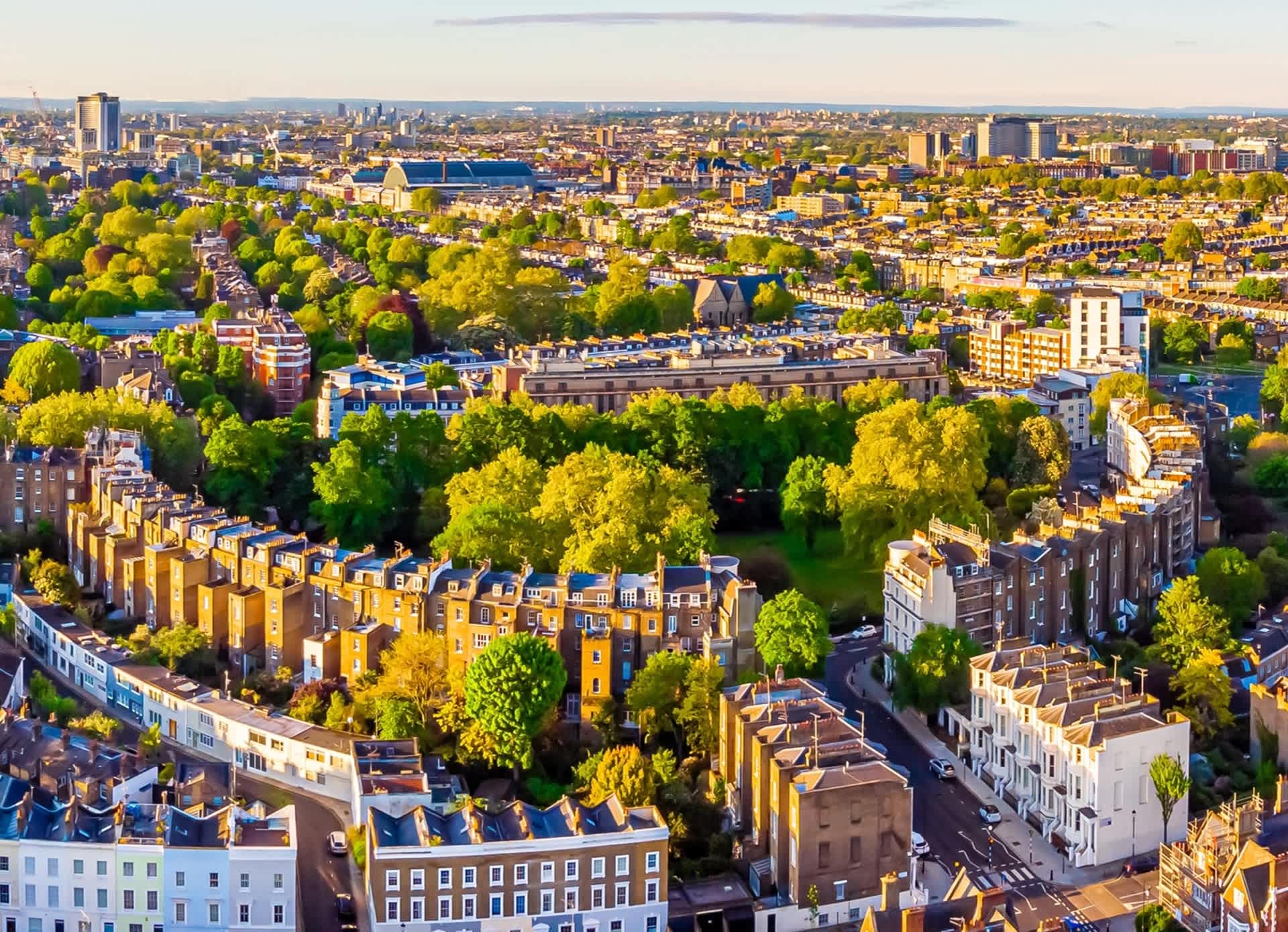The rate of inflation dropped back to 3.4% in February, marginally below the 3.5% forecast. But as expected the direction of travel was not significant enough to convince the majority of MPC members to vote for a base rate cut. With rates held at 5.25% for the seventh consecutive meeting. One member voted to cut rates (the same position they held at the last meeting), but notably the two votes to increase rates to 5.5% at the previous meeting had changed to hold this time round. Economists are expecting the summer will see the first rate cut, although the pack remain split on whether this will take place at the June or August meeting.
With rate cuts now anticipated later in the year and swap rates (used to price mortgages) edging up from where they settled earlier in the year, fixed mortgage rates have risen. Best buy rates up from sub 4% earlier in the year to the early fours currently. But we expect these will start to edge down (a little) as we move through the year, and we see the first rate cut (or markets are more confident that it is coming).
Following news that the UK fell into recession in the second half of 2023, January figures were slightly more encouraging. Albeit most months seem to be oscillating at just above or just below flat (0%).
A rise in retail spending and construction activity meant UK GDP rose 0.2% month-on-month in January, up from a fall of -0.1% in December. Construction output rose 1.1% in January, the biggest monthly increase since June 2023, with private sector house building leading the way with an increase of 2.6%, following a sharp drop in activity in 2023.
The Purchasing Managers Index (PMI) reported more positive market conditions, with the services index rising further above 50 (indicating growth) and the manufacturing index looking more promising as it headed in that direction too.
Rental market
After a frenzied couple of years, the waters are a little calmer for the rental market so far this year. There is certainly some much needed heat coming out of the market, but we see this as a return to more ‘normal’ market conditions rather than anything more dramatic.
Stock levels are edging up from their recent lows but still fall short of pre-pandemic levels. Average rents are still rising, Homelet figures showing a 7.4% annual increase in achieved rents, closely mirroring the 7.8% figure quoted by Zoopla. In exciting news (for researchers at least…) this month saw the first in a revamped series of private rents data from the ONS. The data, which include both new and existing tenancies, show rents rose 9.0% in the year to January.
The RICS survey shows demand for rental properties still outpacing new landlord instructions. However, the ‘return-to-normality’ trend appears to be evident in their results, too. The survey, which is reported as a balance of opinion, shows a reading of +16% of agents reporting an increase in tenant demand, still rising but down from the +47% six months ago. More respondents still think rents will rise, with a net balance of +37% expecting growth over the next three months, albeit lower than the +53% who thought the same a year earlier.
Zoopla data shows a similar picture, with the number of applicants per property still averaging 15 – down from the 2021 high of more than 40, but still double pre-pandemic norms.
London is experiencing a bigger swing in annual growth, with the capital seeing the lowest annual increases in rents over the last 12 months, according to Homelet, at 4.8% (down from 13% just six months ago, though still above the long-term average).
Sales market
The most widely used indices are all showing a similar pattern in house prices. Annual changes are, at their lowest, broadly flat, the Land Registry showing prices -0.6% down annually in January 2024 (up from -2.2% in December). Nationwide and Halifax show annual increases of 1.2% and 1.7% respectively in February. Rightmove figures, based on asking prices, show prices rose 0.8% annually in March, and were 1.5% higher than the previous month.
Mortgage lending
Activity levels have risen this year, Rightmove are reporting a 13% annual increase in sales agreed, with buyer demand up 8%. JLL figures also show an increase in activity, with a 24% increase in buyers registering with our London offices so far this year compared with the same period in 2023.
Mortgage markets
Higher rates meaning less activity in the mortgage markets won’t be a huge surprise. Recently published figures from the Bank of England show mortgage advances down -29% in 2023 compared with 2022. But first-time buyers remain more active than other borrowers. Overall advances to first time buyers were down -23% (despite government assistance through Help to Buy ending), whereas home mover advances fell -31% and buy-to-let saw a -55% fall. But figures for January show a more encouraging picture. The number of mortgage approvals exceeded 55,000, the highest monthly figure since October 2022.




